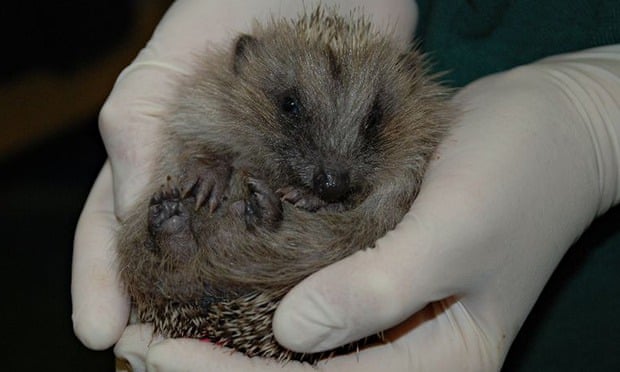Urgent action required to save white-throated snapping turtle amid fears that loss of eggs and hatchlings is crippling the population, says Queensland researcher
Friday 28 November 2014 05.09 GMT
Urgent action is required to prevent an endangered turtle that breathes through its bottom from being wiped out, a researcher of the species has warned.
The white-throated snapping turtle was recently listed as critically endangered by the federal government amid fears that loss of eggs and hatchlings is crippling the population.
The turtle is perhaps most notable for its ability to breathe via its anus. The process, known as cloacal respiration (or more colloquially as “bum breathing”), allows the turtles to extract oxygen directly from the water.
This unique anal ability allows the turtles, which weigh around 5kg, to dive for up to three hours in search of aquatic plants, which is their main food source along with the odd insect.
The turtles lay one batch of around 13 eggs a year in nests near their preferred habitat of clean, free-flowing water.
However, a James Cook University researcher has warned that the species is losing almost all of its eggs and hatchlings in one of its last strongholds in Queensland, around the Fitzroy, Mary and Burnett river catchments.


















